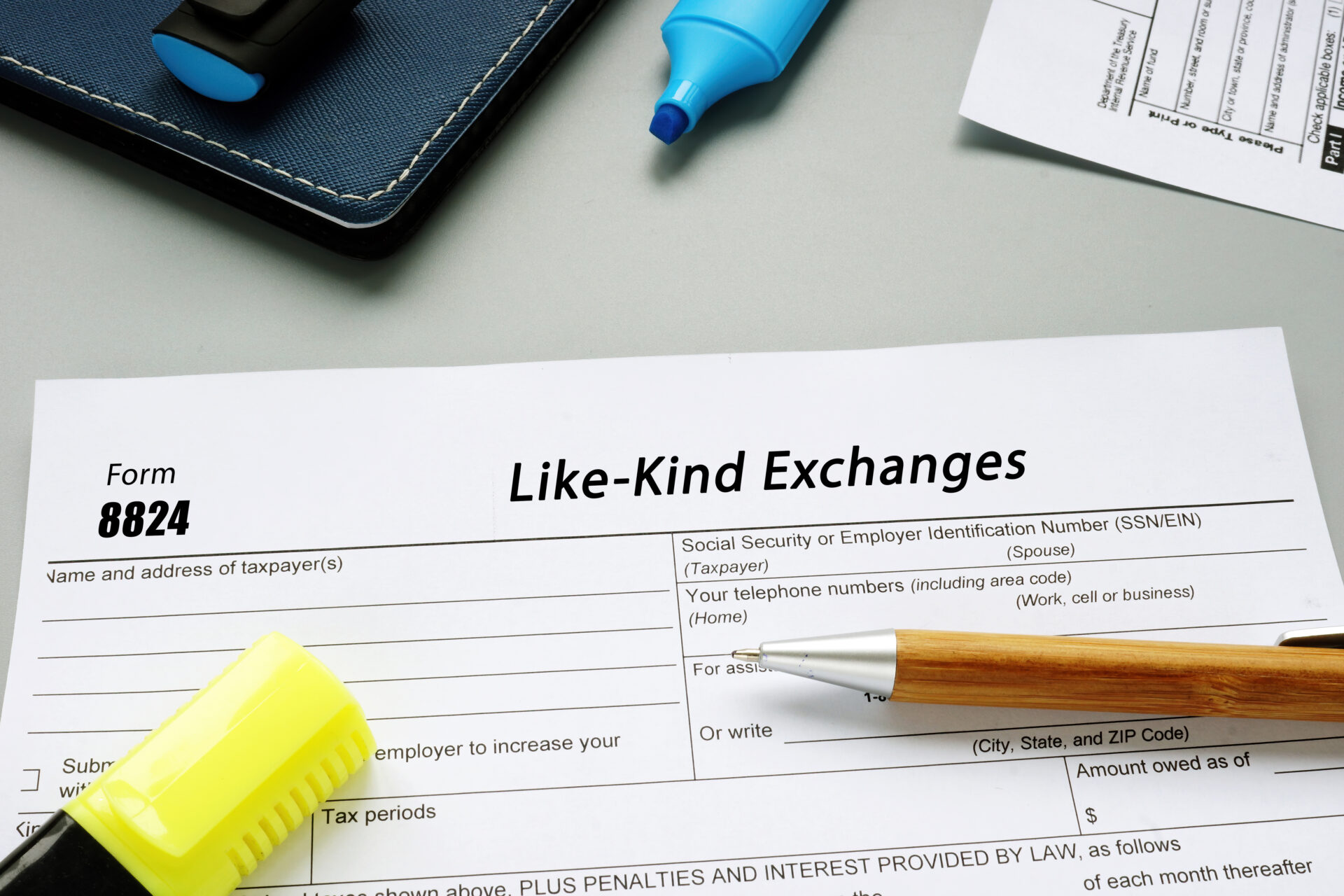Yes, You Can Finance Your 1031 Exchange Property – Here’s How
“I need to have all cash to do a 1031 exchange, right?” This is one of the most common misconceptions we hear from investors. While cash deals can certainly simplify the process, they’re not your only option. Financing your replacement property is absolutely possible – and often advantageous. The key is understanding how to navigate the lending process within your exchange timeline.
Why Timing Matters
With a 180-day window to close on your replacement property, you might wonder if there’s enough time to secure financing. The truth is, many successful 1031 exchanges involve mortgages or other forms of financing. The secret lies in preparation and working with the right professionals who understand the unique demands of an exchange timeline.
Start Before You Sell
The most successful financed exchanges begin long before the relinquished property sells. Smart investors start conversations with lenders early, often while their property is still on the market. This proactive approach gives you time to gather necessary documentation, secure pre-approval, and understand exactly what you’ll need for a smooth lending process.
Think of it like laying the groundwork for a well-orchestrated performance. Your financial documents, including tax returns, current financial statements, and rent rolls, should be ready to go. This preparation allows lenders to move quickly when you identify your replacement property.
Choosing Your Lending Partner
Not all lenders are created equal when it comes to 1031 exchanges. The best lending partner is one who has walked this path before. They should understand not just real estate lending but the specific requirements and time constraints of a 1031 exchange.
Your ideal lender will have experience with investment properties and a track record of quick underwriting turnaround times. They should be able to speak confidently about how they’ve helped other investors successfully finance exchange properties within the required timeline.
Creating a Safety Net
Smart investors don’t just have a Plan A – they have backup plans, too. Consider developing relationships with multiple lenders. While you might not need them all, having options can be invaluable if your primary financing falls through. Some investors also explore bridge loan options as a backup strategy to ensure they meet exchange deadlines while finalizing permanent financing.
Understanding the Numbers
Remember that to fully defer your taxes, you’ll need to reinvest all the equity from your sold property. This doesn’t mean you can’t finance – it just means you need to plan your loan amount carefully to ensure you’re meeting the requirements for full tax deferral while maintaining a comfortable debt service coverage ratio.
Wrapping it Up
Don’t let concerns about financing stop you from taking advantage of a 1031 exchange. With proper preparation and the right team of professionals, you can successfully finance your replacement property while meeting all exchange deadlines. The key is starting early, choosing experienced partners, and having contingency plans in place.
Ready to explore financing options for your 1031 exchange? Call us at 888-508-1901 for a consultation. We can help you develop a strategy that works with your timeline and investment goals, including connecting you with lenders who understand the unique requirements of 1031 exchange transactions.

What Is a 1031 Tax Deferred Exchange?

Reverse 1031 FAQs: The 25 Questions Investors Ask Most (With Straightforward Answers)



